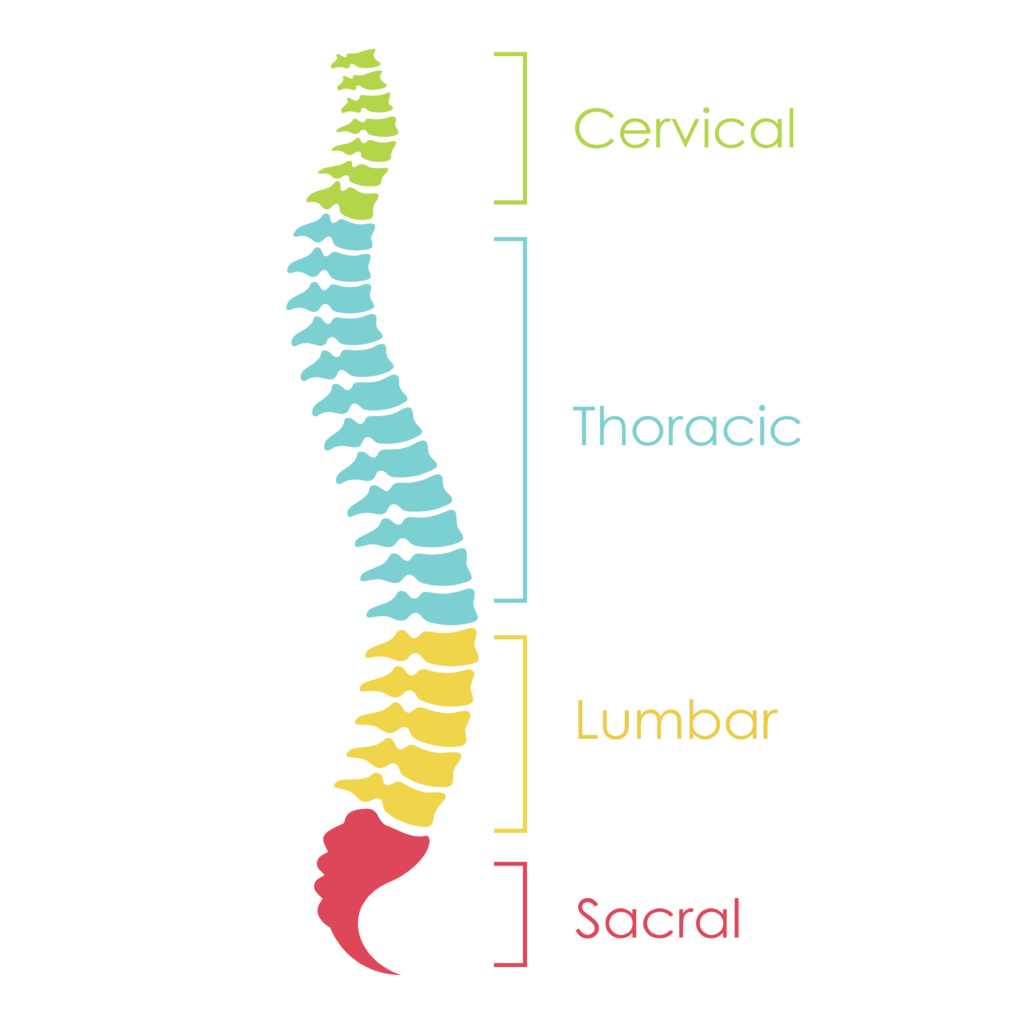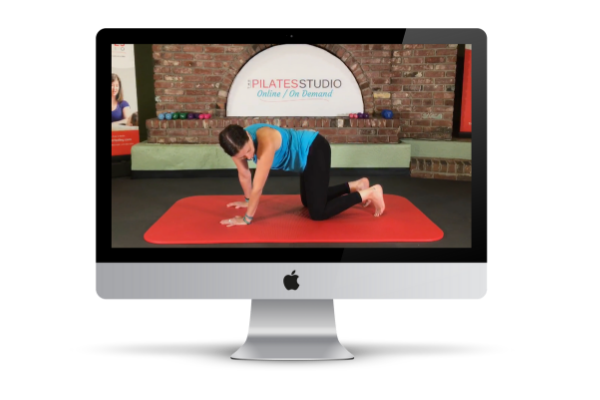How to turn Thoracic Mobility Exercises Into More Ease In Your Body
Wait. What kind of exercises?
Thoracic Mobility Exercises?
What does thoracic mobility even mean?
We are so glad you asked! It sounds complicated, we know. Simply put, thoracic mobility really just means the ability to move easily.
You need mobility in order to keep doing all the movements, big and small, that you do throughout your day.
For example:
- Getting Dressed
- Putting Away Groceries
- Turning Your Head When Someone Calls Your Name
When these movements start becoming noticeably more difficult, or even painful, chances are there is a lack of mobility in your spine and it's time to make sure you incorporate thoracic mobility exercises in your routine.

She never thought this was due to a lack of mobility in her spine, nor had she heard of thoracic mobility exercises until she started doing Pilates regularly. After a short time, she noticed these small movements felt easier and more natural. But what does that have to do with mobility in her spine?
Safe Moves Mobile Spine


The spine has four sections: the cervical (neck), thoracic (back), lumbar (low back) and Sacrum. Each section has different capabilities and functions. Most importantly, each segment of the spine is designed for a specific range of motion.
The thoracic spine is built for mobility and movement like bending and twisting. It's designed for flexion, extension, side bending and rotation.



A lack of thoracic spine mobility means that the lumbar spine, pelvis, shoulders and surrounding joints and muscles overcompensate to allow you to move how you want to move.
Long term, those compensations can lead to stiffness, strain, pain, and injury.

Especially these days, as a society, we aren’t moving very much. We’re sitting in cars, sitting (or standing!) at a desk, waiting in line, and watching Netflix.
When we are moving, it often looks the same: walking, running, spinning, skiing. These activities are wonderful for our health for so many reasons, but they all happen in the same plane of motion. We need our spine to move every which way, not just forward and back.
Safe Moves Mobile Spine

When the thoracic spine returns to a mobile state, the rest of the body focuses on the tasks at hand instead of compensating for missing mobility.
In Safe Moves Mobile Spine, that is exactly what we do.
Level 1 starts with the basics: flexion/ extension, side bending and rotation, and then moves onto combining moves that are more dynamic. These movements and exercises are more realistic in replicating the movement patterns we use everyday.
This class will give you a great dose of movement for the thoracic spine to keep it ready for any direction of movement.

- You’ll find ease backing out of your driveway
- You won’t believe how much further you can throw a ball or socks across the room into the laundry room.
- With a mobile thoracic spine, you will feel ease while moving your body.
Safe Moves Mobile Spine
Mobile Spine Level 2 gets even more intricate - adding more flow in between thoracic mobility exercises, and we will introduce you to transitions. We’ll reduce the start/stop between exercises and find the flow from one to the next.

The newfound mobility in your spine is ready to participate in the flow of these transitions. With consistent practice on the mat, you’ll begin noticing that our everyday movements off the mat will begin to flow with the same ease.
